Formula 1 has always been pushing the boundaries of technical innovation. Teams keep trying something new in the hope of gaining that extra quarter of a second over their rivals, enough to edge them ahead. To maintain competitiveness and reduce the dependence of performance on the amount of money spent, FIA (Fédération Internationale de l’Automobile) keeps tight control over regulations.
To understand the regulations, first, let’s try to understand hierarchy. Formula 1 is an entity/sport owned by Liberty Media, which has built a subsidiary called Formula One Group to own and run F1. The FIA is an independent association which was established in 1904 to govern racing competitions, including Formula 1.
Only drivers who have been issued a super-license by FIA are eligible to compete in F1. The Grand Prix can only be held at circuits which have received a Grade “1” certification by FIA. FIA also has a set of laws which need to be followed to the dot while building an F1 car. These laws are set in place to ensure that the competition is fair but competitive. Thus, FIA plays an integral role in deciding the driver line-up, car setup and calendar for the season.
“To finish first, you need to first finish” – Welcome to the world of Formula 1
The criterion for the super licence
In order to earn a super license, a driver needs to satisfy the following conditions:
- Must be at least 18 years old
- Must have the International Grade A competition licence
- Must hold car driving licence in their country of residence
- Must pass the FIA theoretical test
- Must have competed in single-seater competitions for at least two full seasons
- Must have accumulated at least 40 points or equivalent in the above competitions
You can find the complete set of guidelines to get a super licence here.
The criterion for Grade “1” certification
For a racing circuit to be graded “1”, it needs to adhere to the strict guidelines laid out by FIA in their technical documentation. These guidelines include instructions for the turns, kerbs, and verge, width of the tracks, specifications of the pit lane, safety and precautionary requirements, etc. Currently, there are 45 race circuits across 31 countries which have been awarded the grade “1” license.
You can find the complete set of guidelines here.
The major workload for an FIA is to set and enforce the laws of the sport. Every Grand Prix weekend, a cohort of FIA officials ensure that the laws are abided by, set impromptu rules specific to certain tracks and take the final call on any incidents between drivers and teams on and off the track. But what are the laws and regulations created by FIA?
Formula One regulations
The Formula One regulations are divided into two parts – technical and sporting regulations. The technical regulations are rules constructors need to adhere to while building the car. Meanwhile, sporting regulations talk about the rules drivers and constructors need to follow during the race week.
Technical regulations focus mainly on chassis (image above), engine and tyres. FIA defines the dimensions for the chassis and weight of the car plus drivers combination. They also specify the shape and dimensions of the cockpit in which the driver sits, ensuring that it is quick and easy for the driver to get out of the car in case of emergencies.
A whole list of crash tests are specified to ensure that the car is as safe as possible for the drivers to drive in. The chassis must pass crash tests for a head-on collision, rear impact, roll over (when the car barrels after an accident), squeeze tests on the cockpit, fuel tanks and nosebox as well as impact test of individual parts of the car.
In 2014, Formula One entered a new era with the introduction of 1.6L turbocharged V6 hybrid engines as well as Energy Recovery System (ERS), which has the capacity of almost doubling the power output of the car for a short period of time. Due to this combination, people in F1 now refer to this combinations power unit instead of talking about just the engine.
Formula One has also entered into a long term relationship with Pirelli, who supply five variants of tyres along with an additional two variants of wet weather tyres (called intermediates and wet) in the event of rain. Each driver is allowed to use a limited number of tyres which can be used for the entire season.
A whole host of regulations need to be followed before a race begins. Teams are given a certain timeframe within which they can work on the car. Once the deadline passes, cars need to be parked in a sectioned off area in the pit lane called Parc fermé. Apart from free practice, qualifying and racing, the car cannot be moved away from this area.
Teams can work on setting up the car for the race thirty minutes before the race begins. Changes made between the start of the Grand Prix weekend and the start of the race can lead to grid penalties. These penalties can be as simple as starting a few places behind the qualified position or as stringent as starting from the back of the grid (last spot).
During the race, any incidents like impeding another car, accidents or otherwise can lead to penalties ranging from monetary to drop in final positions. These penalties are decided by the FIA officials whose verdicts on every incident during the race are enforceable and final.
Thus, while it is the teams and drivers who work their magic to build a competitive car, it is the FIA who ensures fair and equal competition. In the end, the FIA constantly work with the feedback provided by the teams and drivers to ensure the races remain competitive. Thanks to the dominance of Mercedes since 2014, Formula One have decided to bring about some revolutionary new regulations from the 2022 season. Exciting times ahead!
Written By
Chirag Bhattad


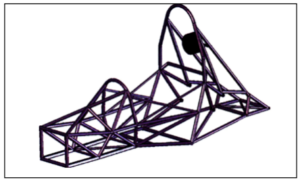
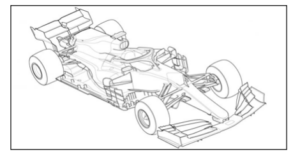

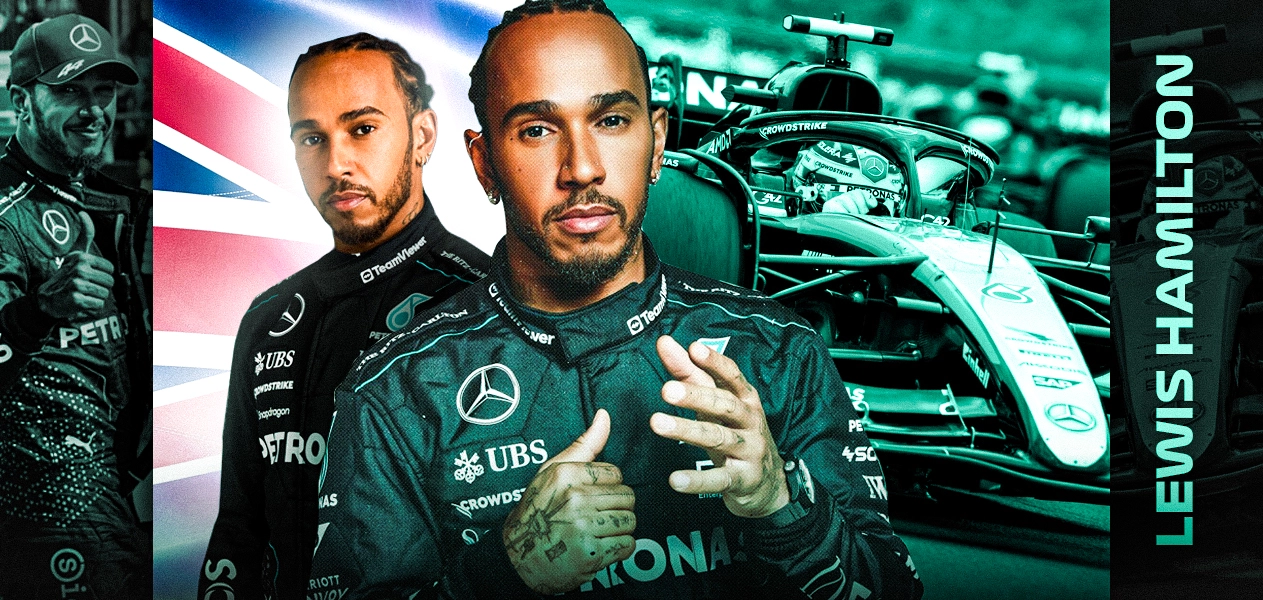
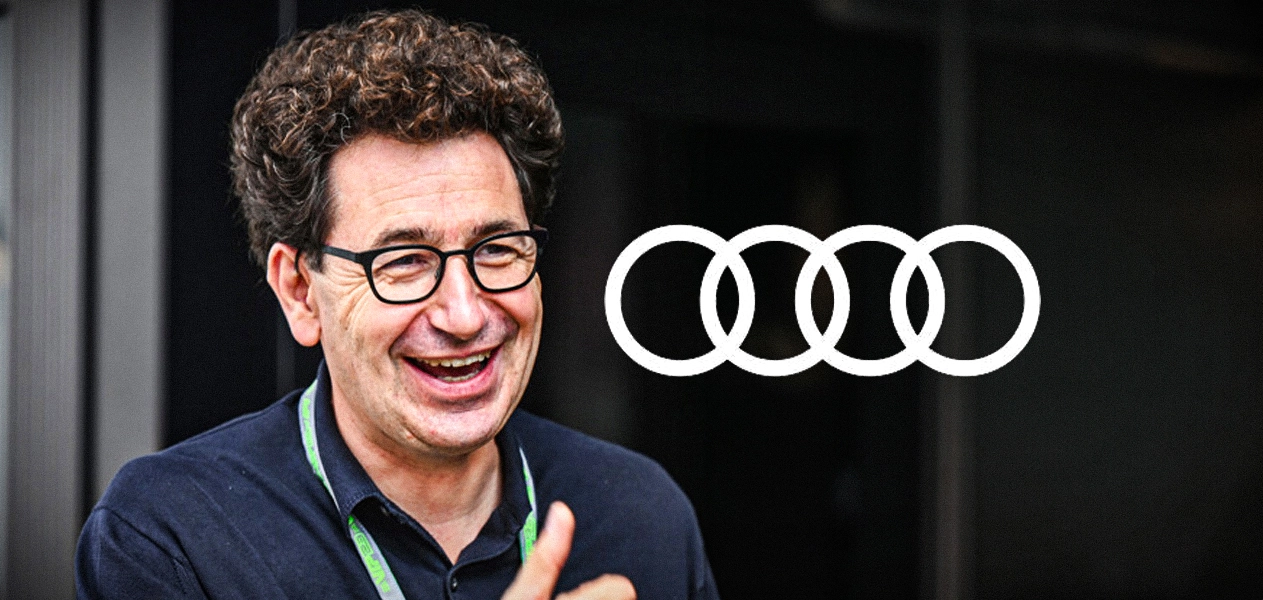
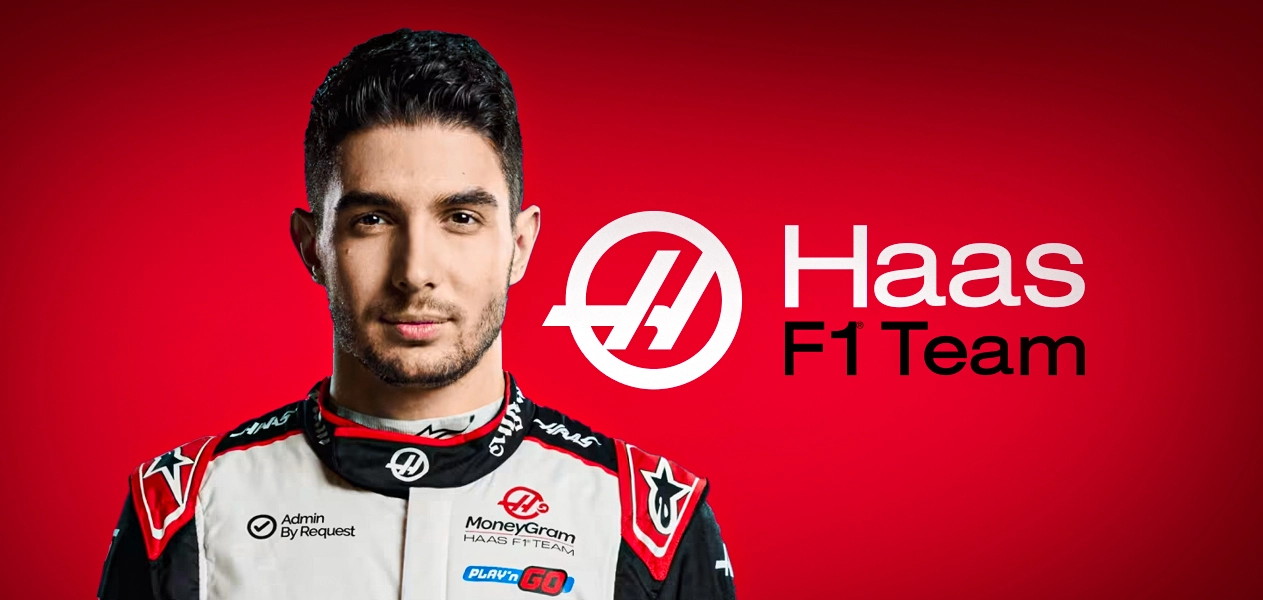
Leave a Reply